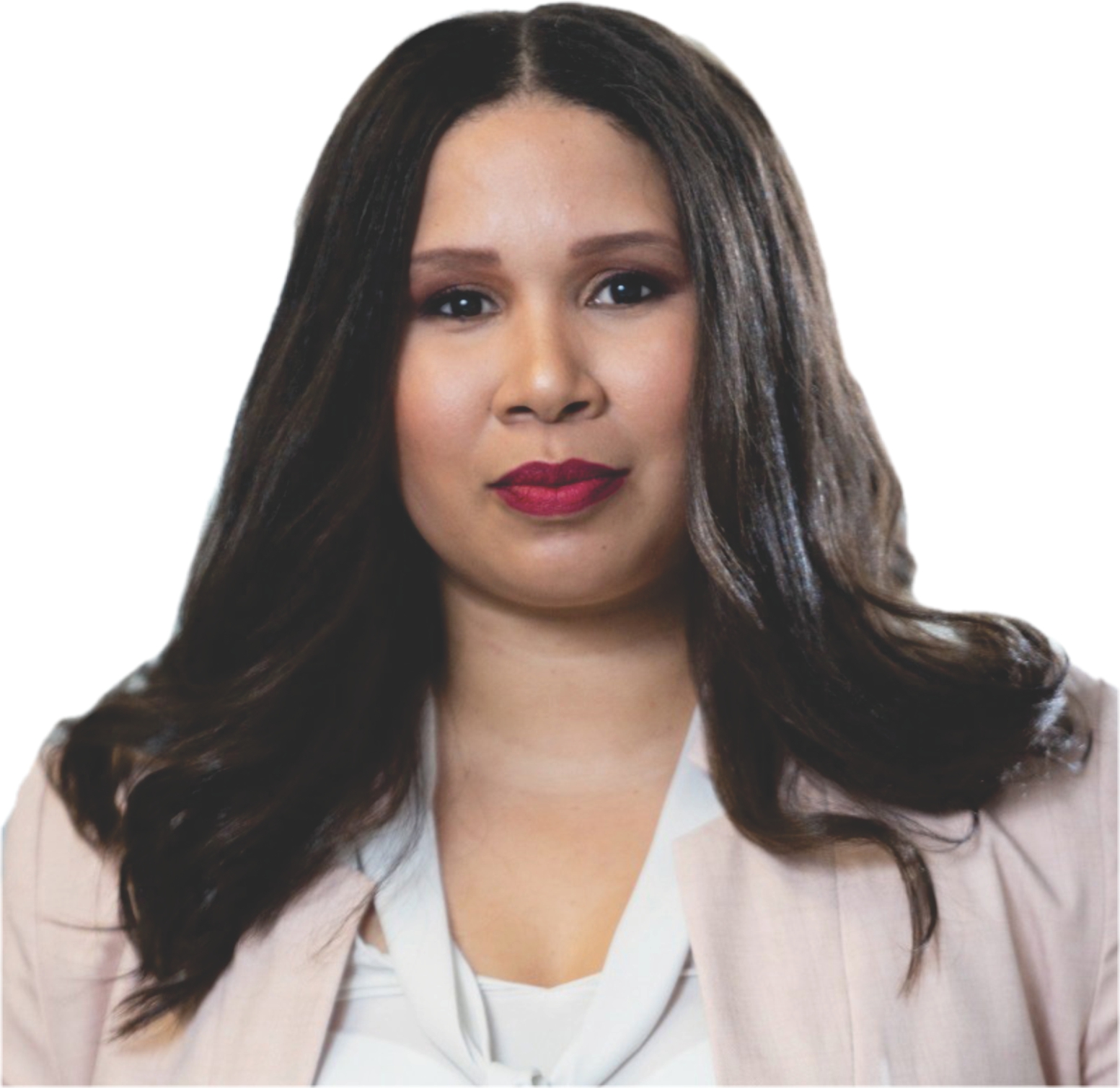Let’s face it – “asset allocation” sounds like something buried in a spreadsheet. But here’s the twist: it’s one of the most powerful tools retirement funds have to shape the future. Quietly, steadily, with billions behind it.
Every rand invested by a retirement fund is a vote for the kind of world we want to retire into: solar farms, township housing, early childhood education. These aren’t just line items – they’re legacies. And they happen by intent.
Impact isn’t a buzzword – it’s a blueprint
In a world rocked by climate shocks, housing shortages and widening inequality, capital allocation is no longer just about returns.
Trustees and asset owners aren’t asking if environmental, social and governance (ESG) concerns matter – they’re asking how to embed impact into strategy. And that journey starts with asset allocation.
Listed or unlisted – impacting lives everywhere
Impact isn’t confined to private markets. Listed investments, like green bonds and sustainability linked equities, can be powerful levers for change.
However, for retirement funds seeking more targeted impact, unlisted investments open new doors. Private equity, infrastructure and developmental mandates allow direct funding of township housing, SME growth and renewable energy. These strategies may be less liquid – but they’re transformative.
The rise of purpose-driven portfolios
Globally, retirement funds are evolving. The Thinking Ahead Institute’s 2025 study, which analysed seven major pension markets representing USD53.5 trillion in assets, shows allocations to real estate and alternatives have jumped from 13% to 20% over two decades.
Impact investing is booming. The Global Impact Investing Network (GIIN) reports a USD1.571 trillion market, with pension funds holding 29% of global impact assets.
In sub-Saharan Africa, regulators in Kenya, Nigeria and South Africa are steering retirement allocations towards national development goals. Over USD774 million has been mobilised into infrastructure, clean energy and sustainable agriculture – 72% from African institutional asset owners.
Southern Africa is leading the charge. Of the USD64.3 billion invested in impact and sustainability-themed strategies across Africa, 83.8% has been allocated by Southern African investors, according to the 2022 African Investing for Impact Barometer. But challenges remain: fuzzy definitions, limited deal flow, and doubts about market returns.
South Africa’s infrastructure moment
Through programmes like the Renewable Energy Independent Power Producer Procurement Programme (REIPPP), over R300 billion has been mobilised since 2011, contributing approximately 10 GW to South Africa’s national grid, according to African Infrastructure Investment Managers (AIIM).
Developmental mandates are also gaining momentum, directing capital towards affordable housing, healthcare, education and SME financing – sectors that foster job creation and economic resilience. Municipalities and state-owned enterprises have begun issuing green bonds to support projects such as water treatment upgrades, infrastructure maintenance and low-carbon transport.
Regulation 28, with its higher allocation limits and alignment with ESG goals, gives retirement funds a framework to invest in long-term, stable projects that build the nation.
Mind the private market gap
Despite growing interest in impact investing, South African retirement funds still lag behind global peers in private market allocations. According to the SAVCA & FSD Africa Pension Fund 2022 Study, local funds with a combined asset base of USD138 billion allocate just 1% to 5% to private market assets. That’s well below the 15% ceiling permitted under Regulation 28.
By comparison, Canada’s Pension Plan Investment Board allocates 24.6% to private equity. The gap is clear – and so is the opportunity. South African retirement funds have significant room to diversify and deepen their impact through private market strategies.
Global signals: Infrastructure and social investment
The OECD’s 2023 survey of 87 large retirement funds (including South Africa’s GEPF) shows USD9.8 trillion in assets. Of that, USD302.6 billion is in infrastructure – mostly through unlisted equity. Key sectors are transport, energy, IT and communications.
Social investments total USD44.1 billion, targeting education, healthcare and other social infrastructure. The message? More sophisticated retirement funds are leaning into long term sustainability.
Balancing purpose and prudence
Retirement funds must deliver secure retirement outcomes. Every investment must be weighed against future liabilities, inflation, demographics and market volatility.
South Africa needs nearly USD5.7 trillion to close its infrastructure gap by 2050. It’s a massive opportunity – but trustees must balance ambition with caution. Long lock-up periods and lower liquidity mean unlisted impact allocations must be carefully calibrated.
Stewardship is the secret sauce
Asset managers have a unique opportunity to drive development by pooling resources, forming partnerships, and collaborating with governments and global agencies.
Impact isn’t just about where the money goes – it’s about how it’s managed. Asset managers must be held accountable for ESG-aligned proxy voting, meaningful engagements and transparent reporting. Because capital without stewardship is just capital. And stewarded capital? That’s influence.
The final word
Asset allocation isn’t boring – it’s bold. It’s the quiet superpower behind every retirement fund’s ability to drive change.
Whether you’re a trustee, consultant or fund manager, the question isn’t whether impact fits into your strategy. The real opportunity lies in recognising the influence your strategy already holds, and in unlocking its potential to achieve even greater outcomes.

